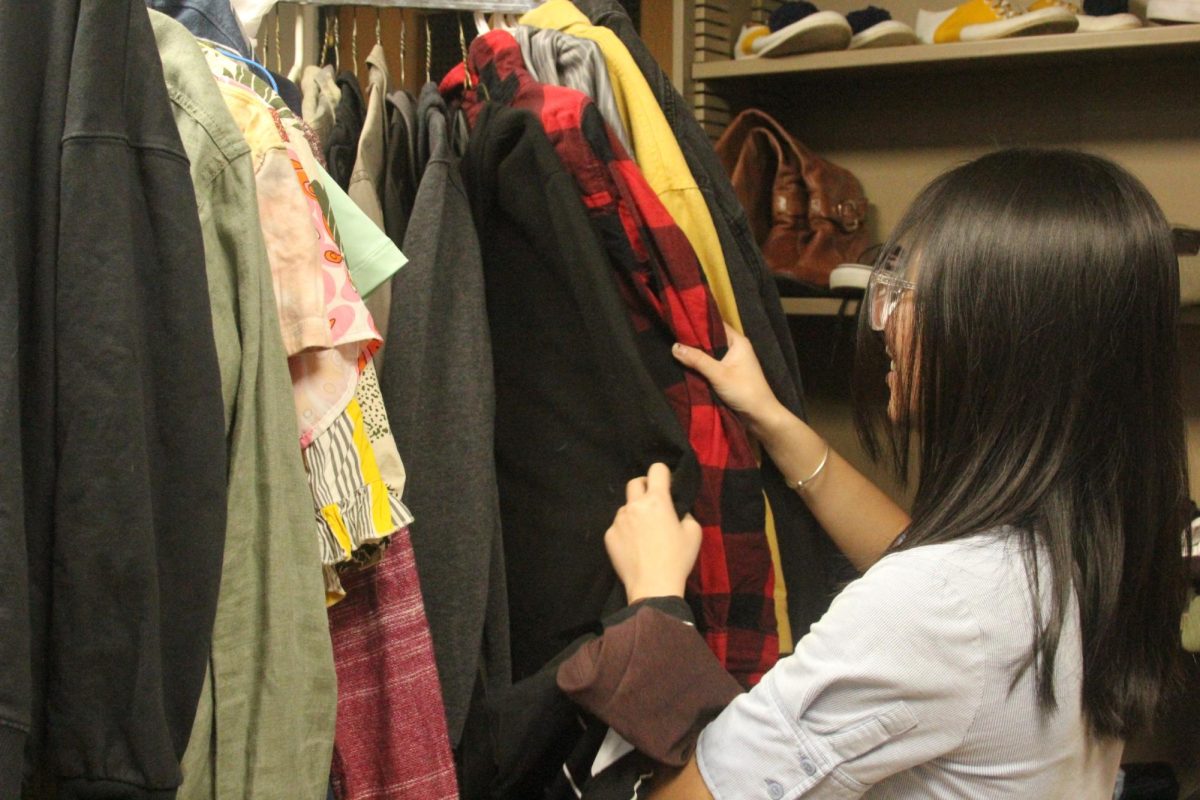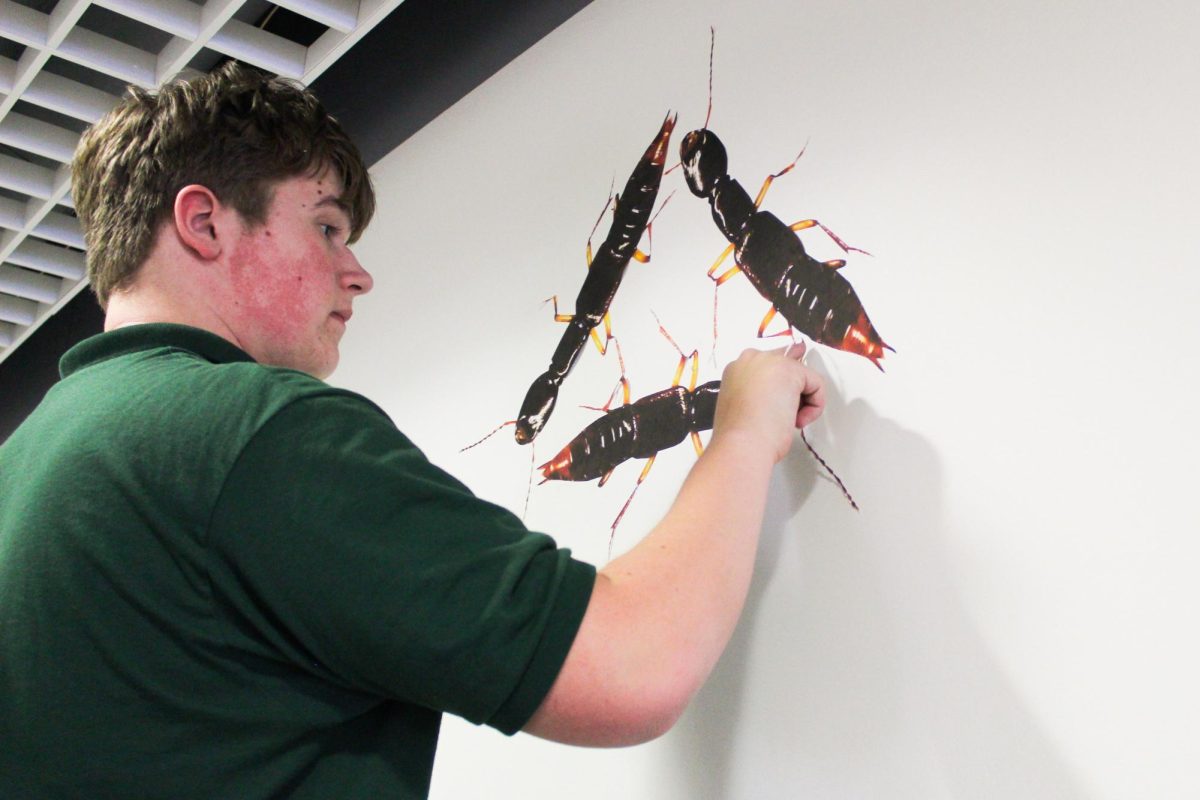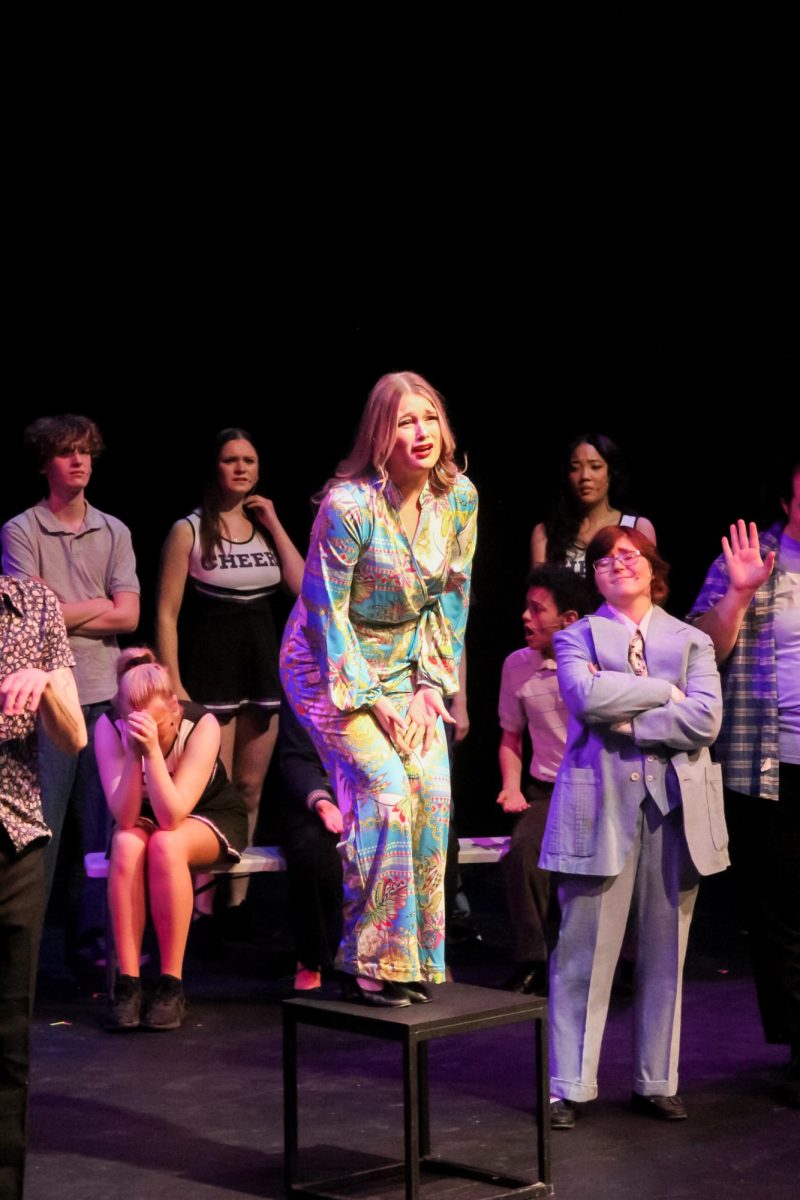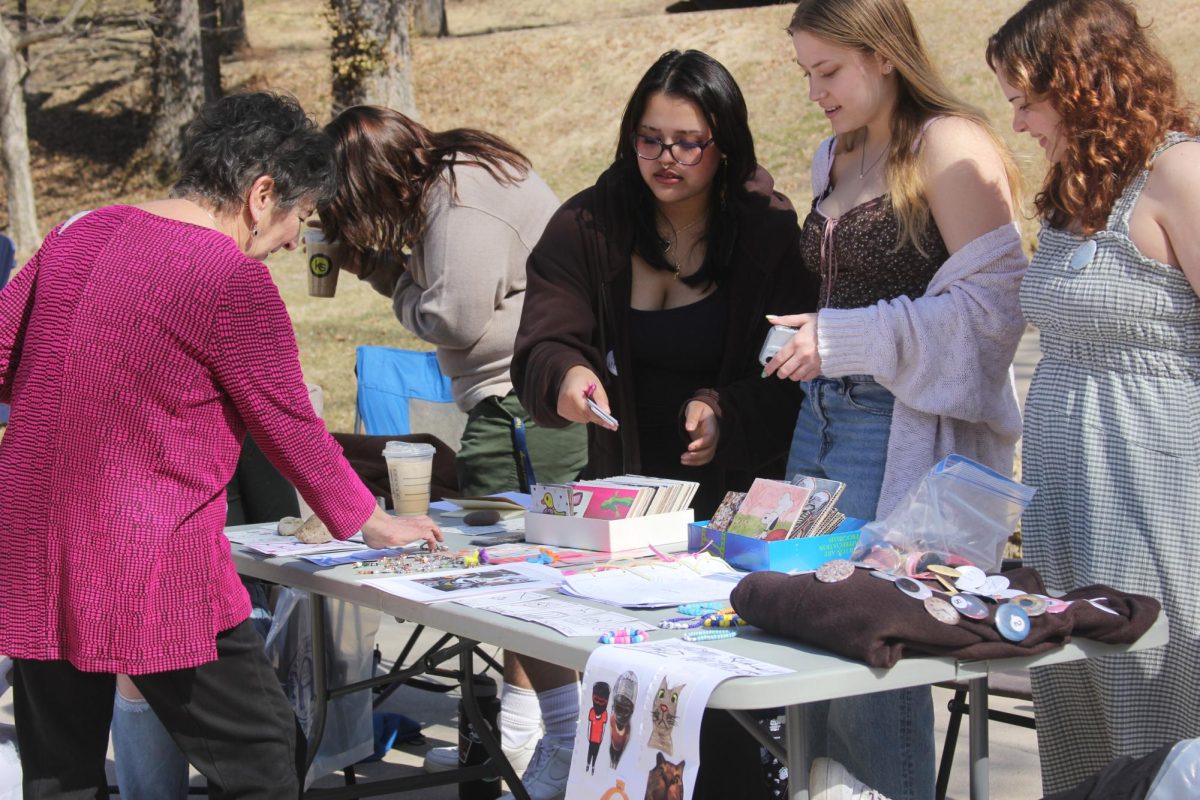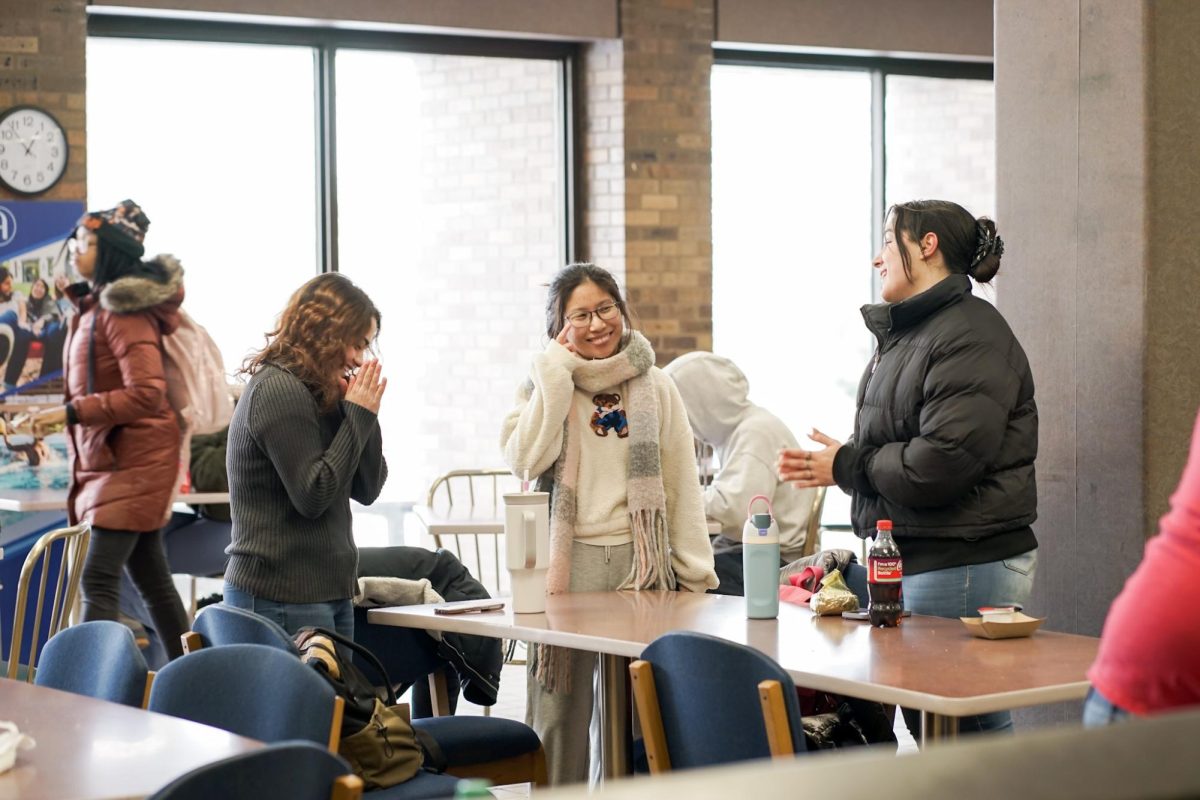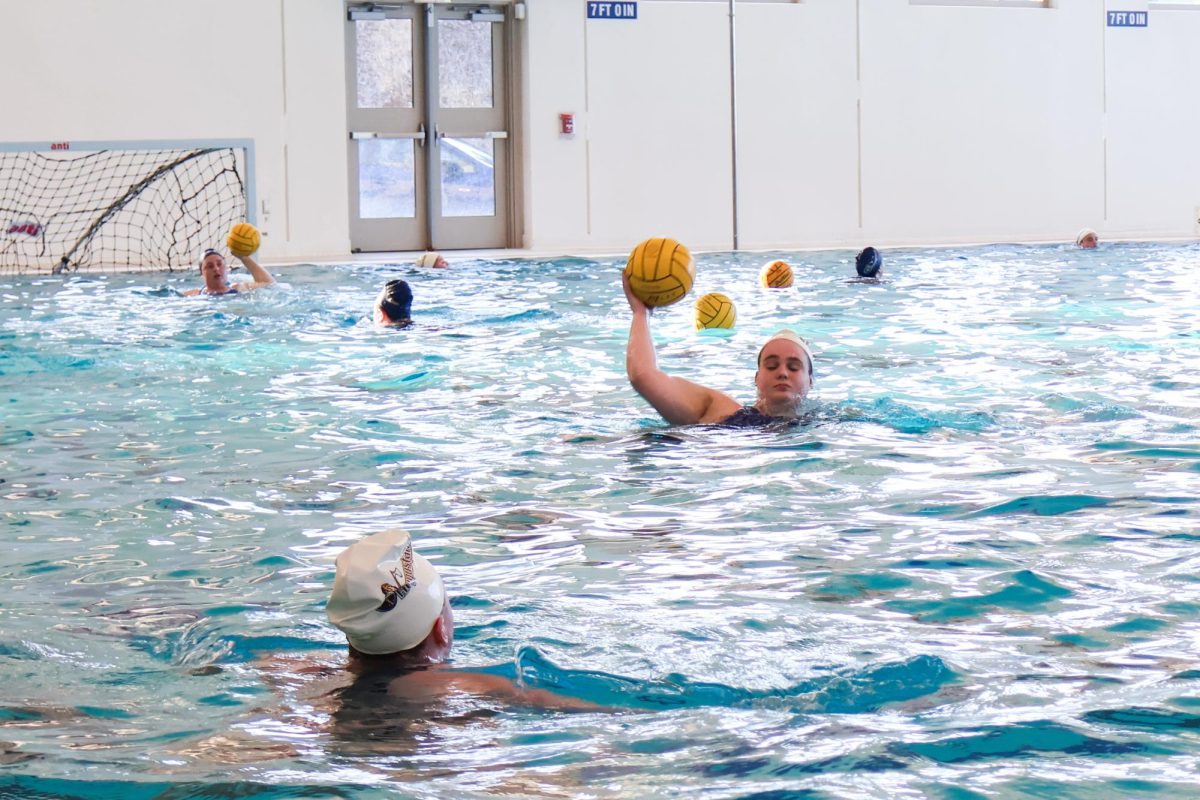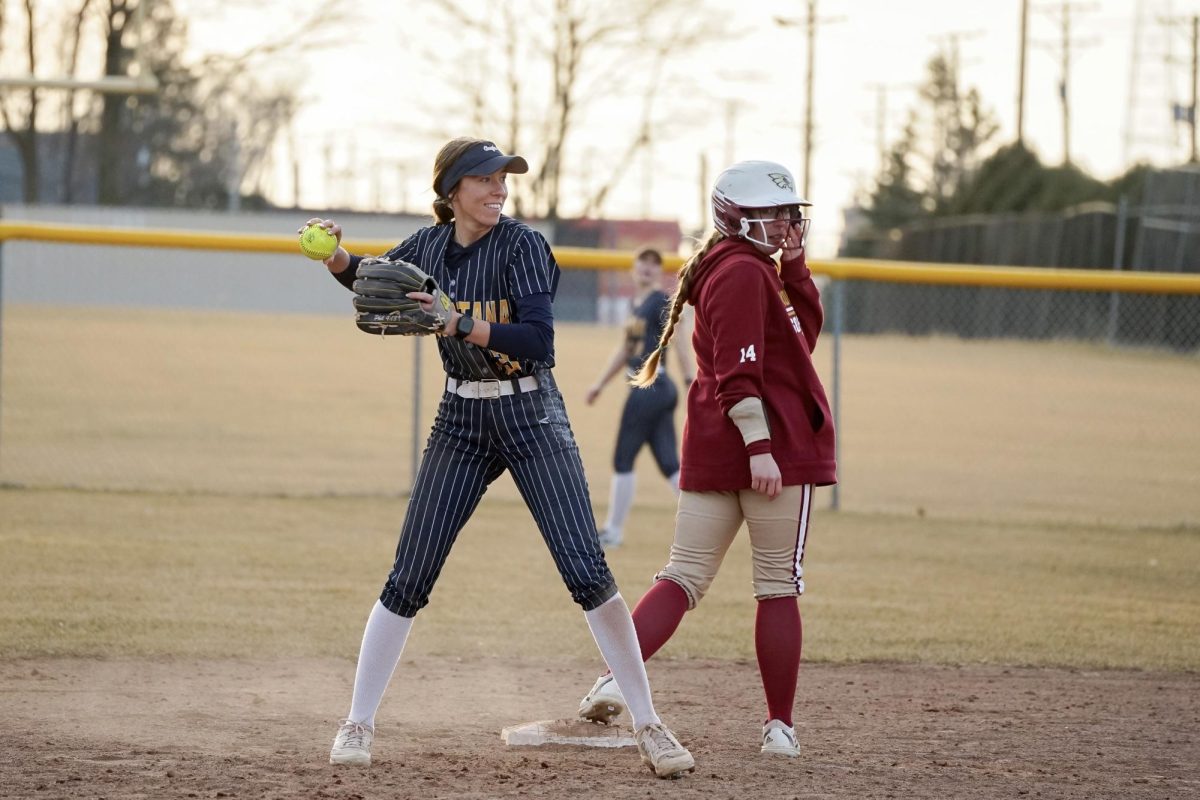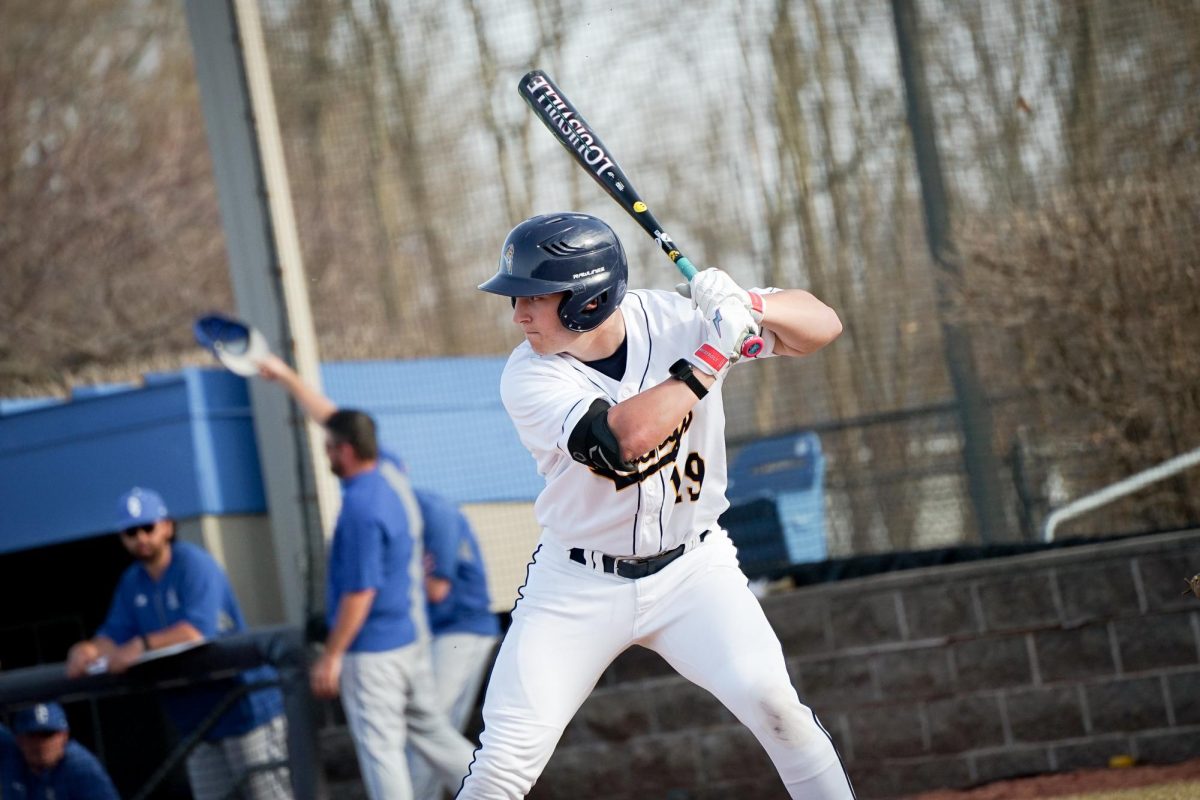For those in the vicinity of Wallenberg last Tuesday night, the walls rang with the sounds of Flutes, Clarinets, and Piano.
Flute Professor Janet Stodd hosted her faculty recital in Wallenberg, and was accompanied by Gail Baldwin on Piano, Susan Scwaegler on Clarinet, and Robin Gravert, Amy Koch, and Ingrid Schneider all also on flute.
Featuring two pieces by Stodd’s favorite composer, Gary Shocker, the entire concert explored the versatility of the flute family with composers all from the 20th century alone.
The first piece in the recital was a Shocker piece, “Healing Music (after J.S. Bach).” Much as the title alludes, the piece was slow and melodic, as fitting for a meditative yoga session as a professional recital.
he next piece, “Duo for Flute and Clarinet” by Alberto Ginastera, featured both Stodd and Schwaegler, who played an A clarinet. The duet was an epitome of a three movement woodwind duet, where the voices spent as much time dancing around each other as they did harmonizing in a tonality that is impossible to achieve evenly outside of the woodwind family.
The recital progressed with “Sonata no. 2 for Piccolo and Piano,” again by Shocker, featured Stodd on the piccolo and Baldwin on the piano. The Sonata was an interesting shift in the playing style of the recital. Where the last two pieces had featured a close resemblance to a “classical” style of playing, this piece quickly jumped into the folky and highly technical side of the flute and Stodd’s musicianly skills.
The movements, In My head, In My Heart, and In My Uniform all alluded to the overarching theme of the piece. The piccolo, being the highest pitched instrument of the flute family, was certainly able to resonate and reverberate throughout the entire hall. While flying through harmonics, interestingly disjunct motion, and even similarities to popular folk songs like Yankee Doodle the piece portrayed the militaristic undertone he designates within the titles.
After a 10 minute intermission, Stodd returned to the stage with Baldwin once again for Philippe Gaubert’s “Sonate pour Flute et Piano.” The piece distinctly blended the feel of 20th century music with piano lines that could have been drawn from Debussy and his cohorts of the romantic period, a favorite influence of the composer.
The first movement, Modéré, started the piece off with a reminiscence of atonality in the flutists part as the pianist was rolling through pitches much like the musical water flowing back into Debussy’s “La cathédrale engloutie.” The second movement, Lent, sounded as a beautiful ballad where the piano once more returned to more of an accompaniment style than interacting voice, highlighting the lyrical skills of Stodd’s playing.
The final movement, Allegro Moderato, left the audience as out of breath as Stodd herself as notes were constantly being played, and echoes were interacting with new notes all while a florid soundscape of pitches emnated from the piano to create a dramitcally large ending for something so deceptively small as a duet.
The final piece, “Jour d’ete a la montagne” (Summer Day on the Mountains) by Eugéne Bozza, demonstrated the nature theme that can often be written into flutes.
The first and third movements, Pastorale and Ronde, featured playful round robin patterns melodies much as one might hear out on a walk as birds called out and sang to each other. The second movement Aux Bords du Torrent seemed much like a torrent of notes itself as complex harmonies between the four flautists ebbed and flowed in ways that felt like a trip back to Mickey’s apprenticeship in the Fantasia movie. The third movement, Le Chant des Forets, was the “darkest” sounding movement of the whole piece, focusing on fuller and richer harmonizations, much like a progressive passing along a shaded path.
The Alumni flute quartet, including Gravert, Koch, Schneider, and Stodd herself was a special group to Stodd as she had the pleasure to teach all the other players for a large portion of their playing careers.
In a tour de force performance, Janet Stodd proved once again, as have many professors on campus, that the musical need never stop even after one has progressed from student to teacher.
